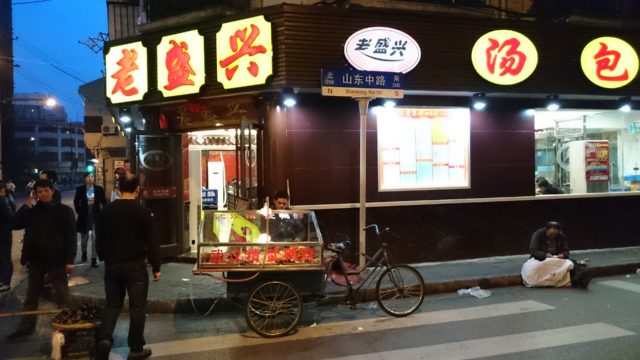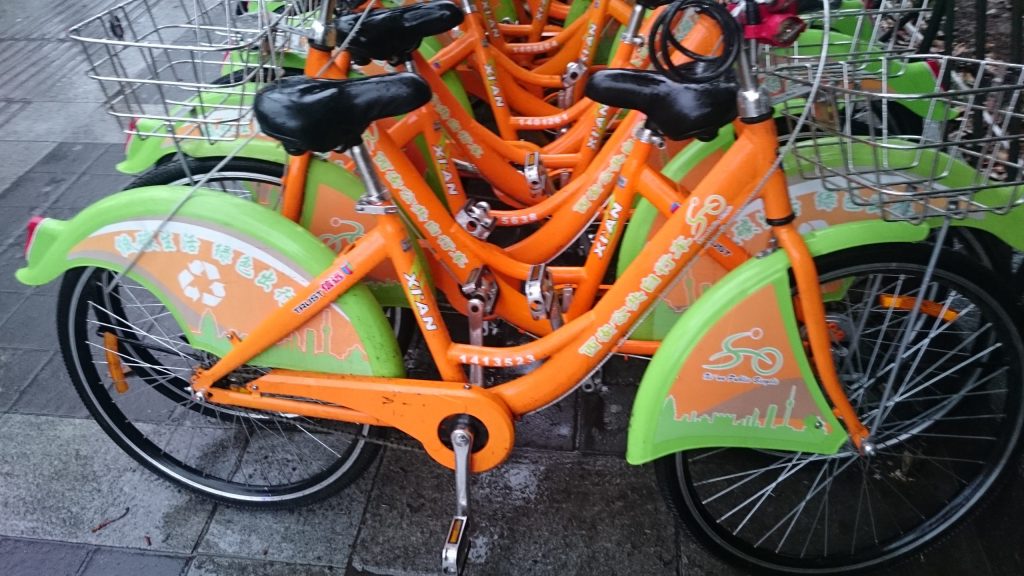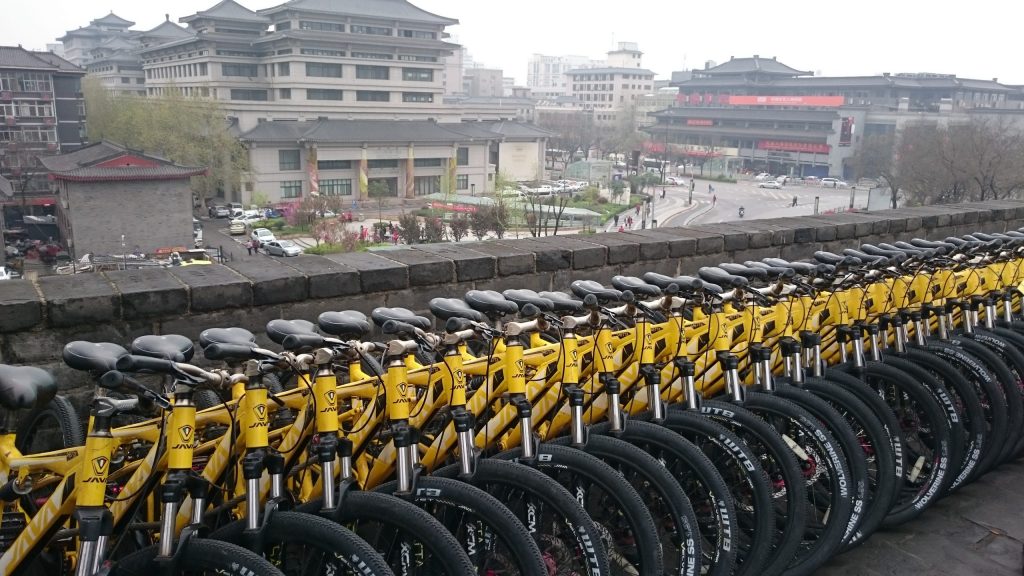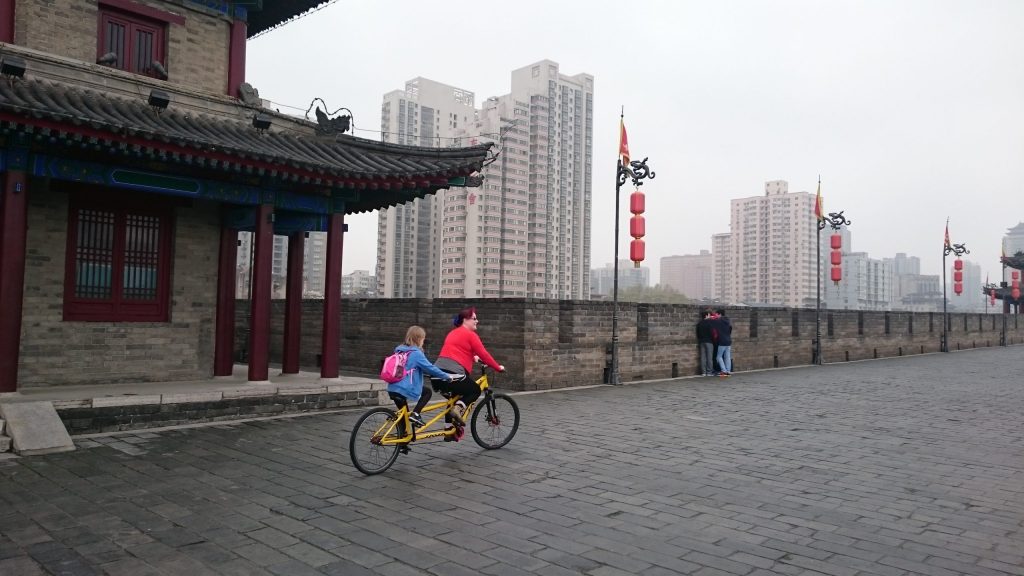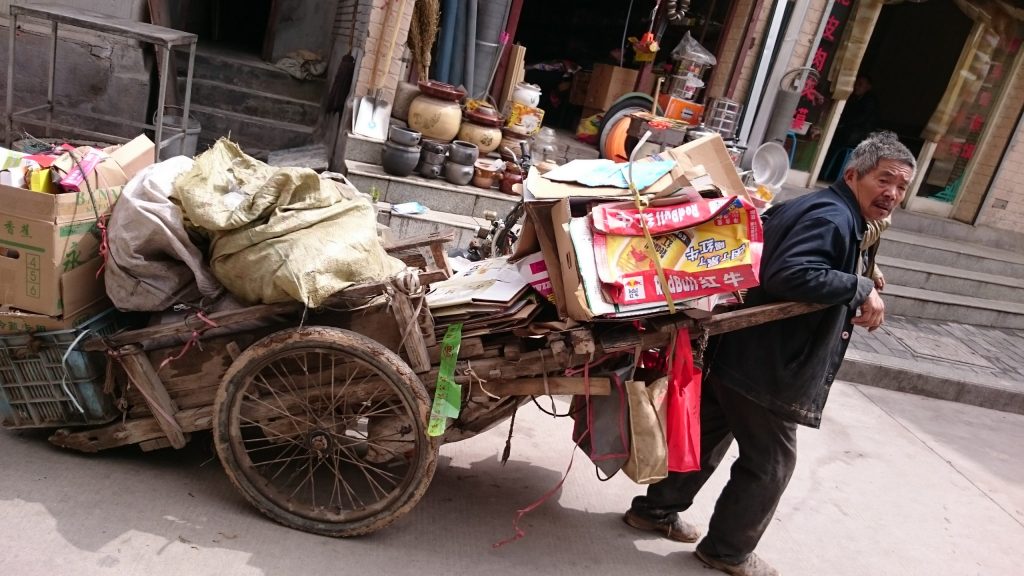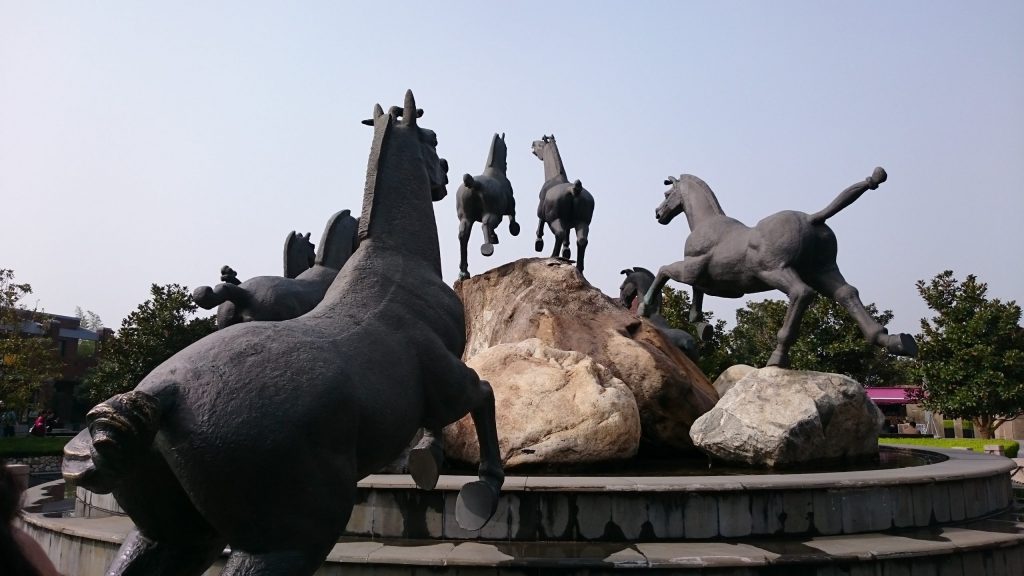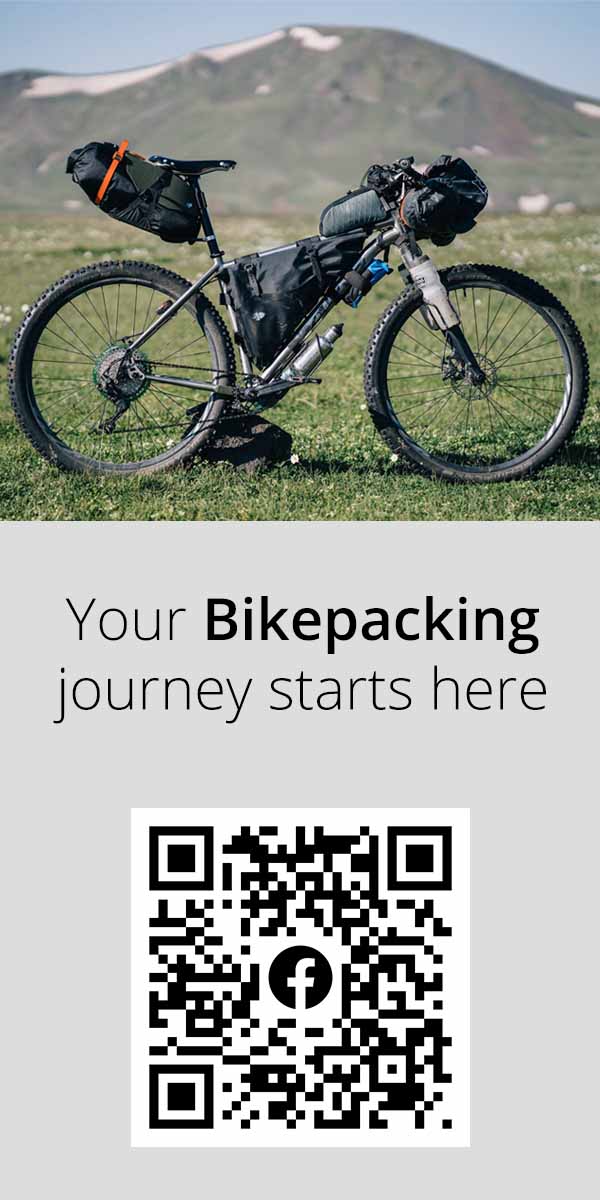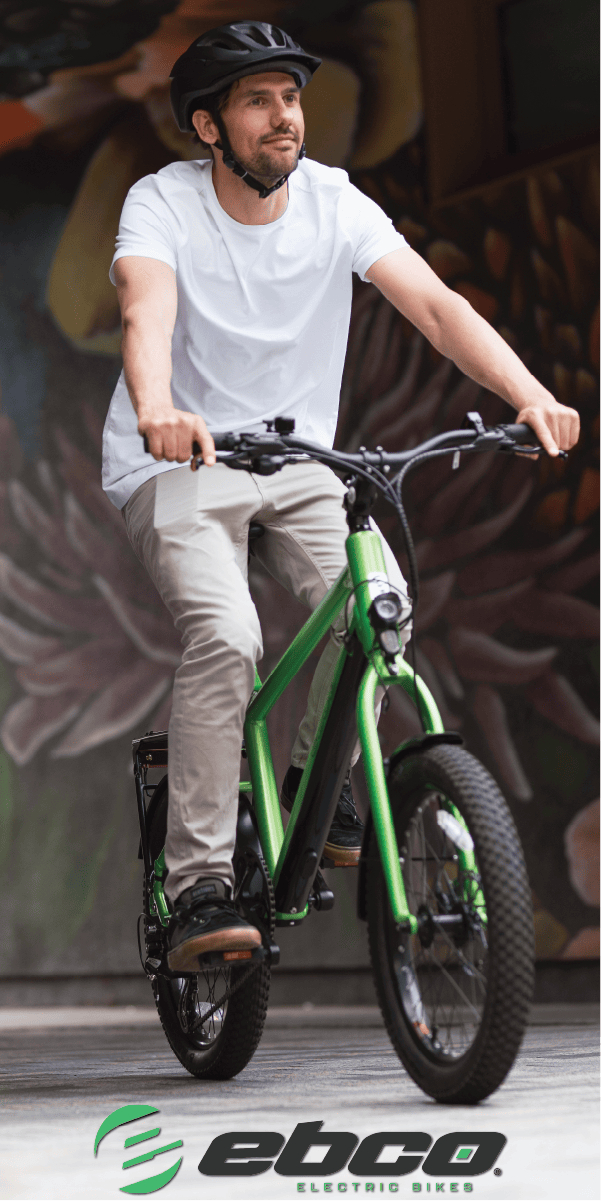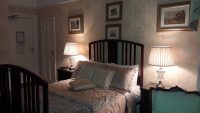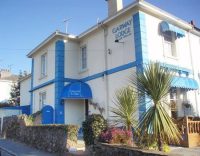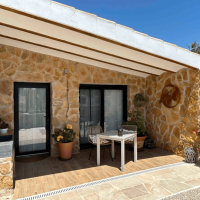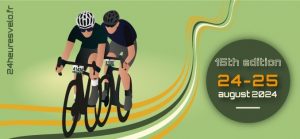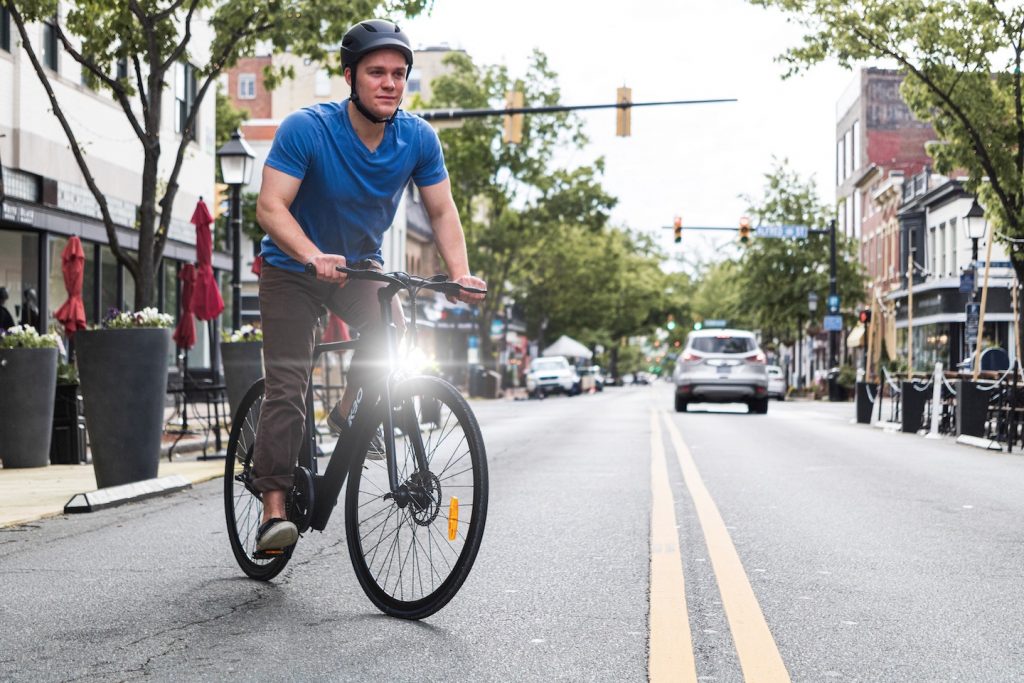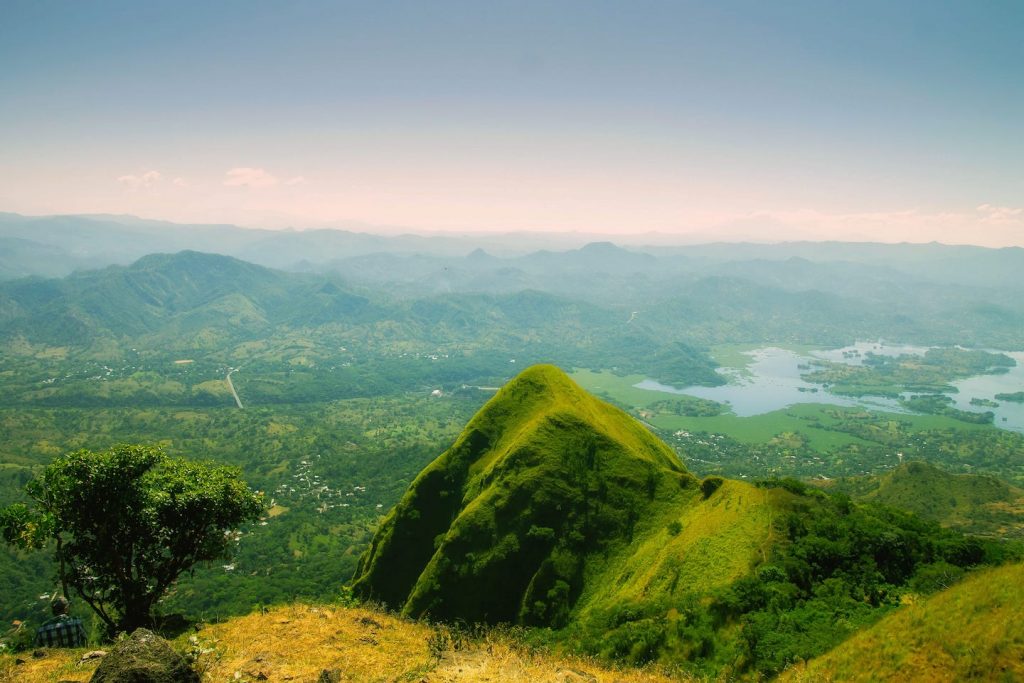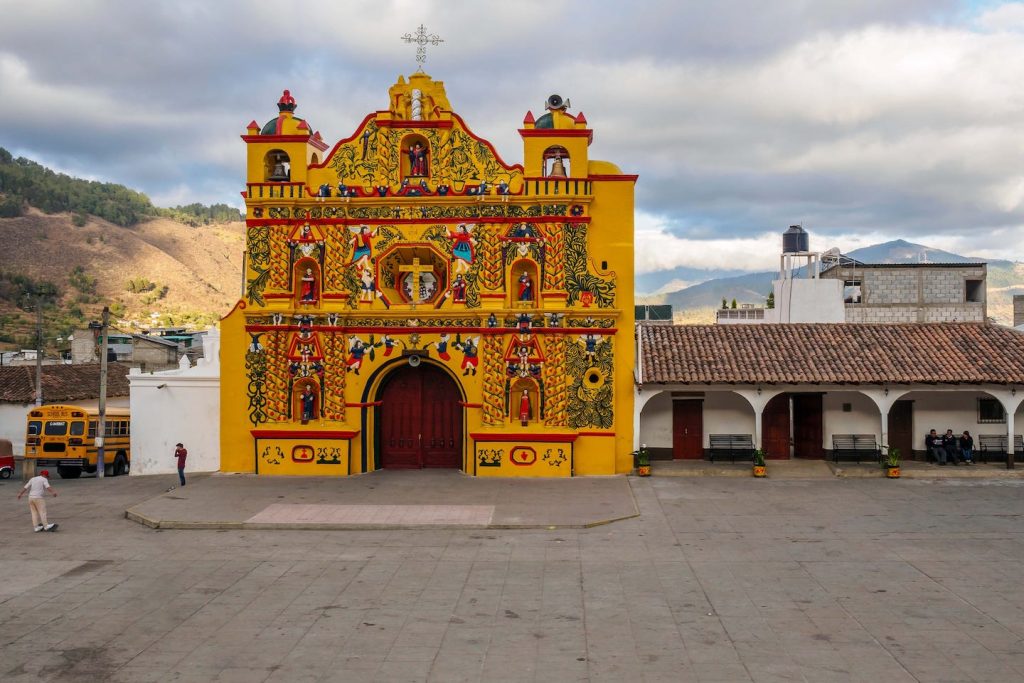The bike is a great method of getting about in China’s cities and also a wonderful alternative to the car when exploring the countryside, as well as being an authentic way of see the real China.
Unfortunately, due to the considerable size of the Country you will have to combine your cycling with much quicker methods of transport, i.e. trains, boats, planes, if you want to explore further into the provinces. The next few pages will hopefully give you a brief insight into cycling in China, I visit some of the best-known cities and sights as well as venturing of the beaten track to discover the real China. Our first destination was Shanghai, the new shiny face of China. The city is still in its adolescence but is home to approximately 25 million people (and growing!) Its truly a city where east meets west, colourful, chaotic and full of contradictions. The city has plenty of history but its overshadowed by the metallic giants of globalisation and business. The majority of the locals utilise the buses and the subway, the roads are relatively quiet due to the requirement to pay millions of Yuan for a Shanghai number plate.
This costly process significantly reduces the number of locals who can afford the luxury of a car which was the reason for the authorities imposing the legislation in the first place. The city is an exception to other Chinese cities, the bike is rarely used or seen. Don’t get me wrong, the bike is still present but definitely not as popular and the majority of rider’s don face masks in an attempt to reduce the risk from pollution. The city is dominated by the underground which is relatively cheap making it an obvious choice with the locals and visitors alike. The efficiency and ease of the public transport obviously deters people from venturing out on the bike which is a surprise considering the reduction in the volume of cars and the standard (lack of) of driving, in-comparison to other Chinese cities.
The only exception is the beautiful French Concession district, the pleasant tree-lined avenues are awash with the bike. The area retains a simple but elegant character, definitely western in influence, its home to a mass of independent retailers, cafes and restaurants. Once the home of the city’s explorer types and writers, it maintains an artistic inspirational flair. The lack of bikes is a real shame because the city especially the Bund is a great setting to pedal and at night the lights set a dramatic backdrop, the views are mesmerising as you gaze over the Huangpu river towards the Pudong skyline, and if you turn your eyes in the other direction the view of the Puxi skyline with its art-deco and gothic architecture is a match for the globes of steel and endless glass. This perfectly highlights the rapid growth that will no doubt make China the World’s number one super power that it aspires too, if isn’t already!
Bike hire outlets can be found in most tourist locations with the majority of youth hostels offering bicycles for rental. As normal bikes can be hired by the day or by the hour and rental prices vary depending on the location, but you can pay as a little as Y10 or Y15 per day in big cities, like Beijing. However, most outlets will ask for a substantial deposit of around Y500.
Beijing is an enigma, it’s one of my favourite cities, I am both intrigued and dismayed by the fact that poverty is acceptable and sits bizarrely comfortable with the money and luxury of the mega rich. The Hutongs are dominated by the humble bike, with brightly decorated rickshaws around every corner. I understand that they are all part of the tourist trade, providing visitors with a stereotypical view of China, and Beijing. Cynically it does mean that the real China is slightly overshadowed by the rather romantic image that they evoke but for the locals I recognise it’s a method of generating a moderately good income, in-comparison to most of the populace. However, it was obvious there were less bicycles on the roads since my last visit, was this due to the typically British weather? or more about choice being available for the residents especially with important issues, like convenience and safety. Or controversially is it down to the levels of pollution, we had previously visited in 2012 and on that occasion the smog didn’t appear to be as noticeable, or impact on our health or potential to see the sights.
Today pollution is an ever-present contentious issue, especially in the larger cities, like Beijing and Guangzhou. The smog hangs over these cities almost daily. In 2012 when I was in the capital I had read that the air quality index reading had been analysed and recorded at 2.5 micrometres which in normal-person-speak means it can get into the blood stream and do damage to the respiratory system and on really bad days the level can officially be classed as ‘hazardous’. Many locals would argue that the levels are not too high, it is believed on average, an adult in Beijing inhales the equivalent of just one sixth of a cigarette a day which doesn’t seem a lot. However, you will still see plenty of cyclists donning rather attractive face masks, so the concerns and dangers are recognised, and preventative measures are deemed a necessity by some. A recent report I read in China Daily (Thurs April 2nd, 2015) stated ‘Vehicles, coal burning, airborne dust and industrial production account for 85% to 90% of the major air pollution sources in most Chinese cities, with vehicles unsurprisingly being the biggest polluters in Beijing, Zhejiang, Guangzhou and Shenzhen.
Beijing city’s new Air Quality Contingency Plan recently released a new pollution red alert with a lowered threshold, these alerts have been simplified in this new plan. They will be issued after the city’s pollution level 5 reaches between 201 and 200 on the Air Quality Index (AQI) for a certain number of days. A blue alert will be issued if its predicted that Level 5 pollution will descend on the capital for one day, a yellow alert will be issued if two days is likely and so. A red alert, which was previously used when there were three consecutive days of Level 6 pollution with an AQI reading over 300, will now be used when a Level 5 pollution situation is predicted to continue for more than three days. The authorities obviously feel there is a growing issue around the City’s air quality, which is why they are planning to ban vehicles with even and odd numbered licence plates from the roads on alternate days (when it issues a pollution red alert). Also 30% of cars owned by government agencies will also be banished from the same roads and some factories and corporations will also be required to limit or suspend production as part of the new emergency measures. This can only be a positive step in addressing the issue of air quality especially for the exposed cyclists. Personally I would be interested to see the true figures on cycling for a pastime as opposed to cycling as an essential form of transportation (if only 1% of the populace pedalled for fun, that would equate to over 13 million, at times it’s difficult to contemplate the country’s vast size) The Lycra market must be flagging (likely to be dead in the water, I reckon), I was in Beijing for two days and I saw only a handful of cyclist wearing the stuff, the majority obviously pedal as part of their daily lifestyle but even then the quantity on the roads appeared to have depleted since my last visit. I still find it astonishing and hilarious how they are happy to overload their bikes with all manner of things, tables, chairs, actually any form of furniture (big or small) seem to be the most popular, however anything goes!
Next up was Xian, 1,000 Kilometres inland and west of the Capital. A great place to cycle and very popular with tourists is the magnificent City Walls. However, most people associate Xian with the stunning Terracotta Warriors but the highlight for any keen cyclist is pedalling along the 13.7 KM of the ancient wall. Many visitors initially feel let down by the modern metropolis considering its magnificent legendary status and legacy. It was at the heart and terminus of the Silk Road and has a diversity of ethnic minorities unmatchable in China. Its glory days are over, however plenty of this rich heritage is still present, if you are prepared to venture out and explore. There are plenty of places to hire bicycles on the wall and the price is extremely cheap in comparison to western prices. Y45 (approximately 4.50) gets you a reasonable robust bike, the surface is bumpy, but the views are well worth a sore derrière, intricately and vibrantly colours roof tiles, gilded cornices and the simple naivety of the lifestyle steeped in history and basic pleasures on offer. However, on this trip the weather was misbehaving so typically British, cold, windy and wet, just like a summer back home. So, we missed the wall initially in favour of the Big Goose Pagoda (and got bloody soaked!)
Alleluia, the next day brought fairer weather, even a chink of sun was visible but only just. So, we ventured tentatively towards the stunning ancient City Wall which is not only the most complete city wall that has survived in China, it is also one of the largest and most complete ancient military defence systems in the World. This was my second visit to this magnificent fortification which was built during the reign of Hong Wu, the first Emperor of the Ming Dynasty. On that occasion the rain was incessant, the experience not too enjoyable but still undeniably memorable. Today the weather was markedly better so myself, my ever-patient wife and two of my five children agreed to hire two tandems and pedal along a part of the wall, I assured them the experience would be unforgettable. So, with the adults in front and the kids holding up the rear (ideally placed for the occasional bout of flatulence) we set off from the East Gate. The surface is in relatively good condition, considering its age, with the odd missing section or uneven stones but the surprisingly adequate suspension coped with any deviations, protecting the exposed buttocks. The wall affords some stunning views, the inner section is dominated by traditional buildings and the outer a mass of high-rise modernity, shimmering in the sunlight. There were plenty of others experiencing the wall by bike and there was no lack of places to hire. However, if you are feeling truly lazy you can be whisked around in a golf cart which is significantly more expensive and less rewarding. As we made good progress, the unimaginable became a reality, could we cycle the whole 13.7km in the allotted time (just over an hour). Why not? If we worked together it was a definite possibility so with an increased determination we pushed on, our legs resembling the precision of pistons in full flow. Back in time the wall originally enclosed 83sq km, an area actually seven times larger than the city centre, now that would have been a step to far!
We stopped occasionally in the shadows of several ornate look out towers, the vibrant decoration so mesmerising. The weather was still behaving, the city is one of my personal favourite Chinese cities to cycle, there are so my magnificent historical sites in close proximity, the City Walls, The Big Goose Pagoda, The Little Goose Pagoda and the Shanxxi Museum and exploration by bike is especially easy due to the city bike scheme that is in place providing an abundance of strategically sited access points.
This was in-fact my first experience of a tandem, it was a revelation, the concept is great and allows all to participate regardless of experience or ability. However, the only negative is that the rear rider can choose to pedal or not, dependent on their laziness level, take note Rosie who used this get-out-clause like an expert.
The 13.7 km was achieved relatively easily, and we all felt surprisingly refreshed from the experience, mainly because we didn’t stretch ourselves and pedalled at a comfortably steady pace. This allowed us to immerse in the culture and history of the city, it’s a wonderfully unusually way to see the interaction between the modern and the traditional and I would recommend the ride to any visitors, whether cyclists or not.
Another woe on Chinese roads is the increasing problem of congestion with nearly a third of the world’s 50 most congested cities being in China, according to a report released by TomTom, the global leader in navigational and mapping products and based on GPS measurements from the company’s traffic database. This is another example of the why the bicycle is a great, healthy and convenient alternative to the daily chaos on the urban roads.
Click here to continue reading
Twitter: cadencemag
Website: cadencemag.co.uk
Author, ‘Simple Words from the Saddle, Simply More Words from the Saddle & The Way of St James’
Twitter: @saddlescot




